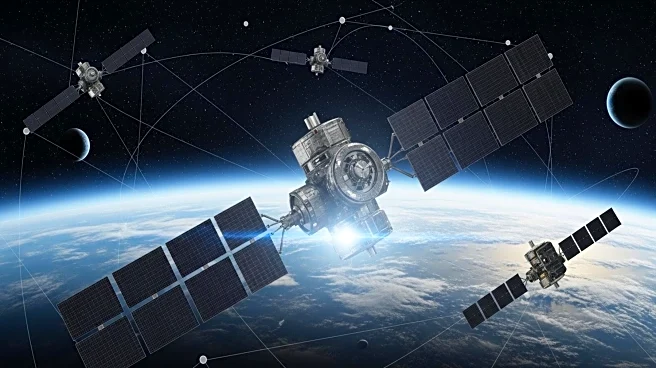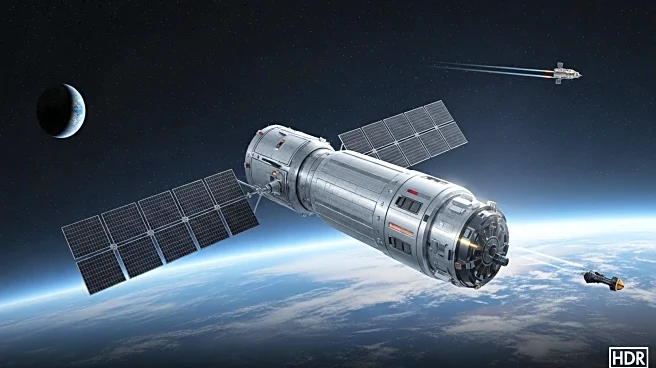What's Happening?
Pratt & Whitney, a subsidiary of RTX, has announced an acceleration in the development of its XA103 engine, which is intended for the U.S. Air Force's Next Generation Adaptive Propulsion (NGAP) program. The company confirmed that its engineering team has expedited the readiness of digital data packages for the program, following the completion of the design review for the engine seven months ago. The XA103 engine is set to power the Pentagon's planned F-47 fighter, positioning Pratt & Whitney in competition with GE for the NGAP program. This development marks a significant step in the advancement of military aviation technology, as the XA103 engine is expected to enhance the performance and capabilities of future fighter aircraft.
Why It's Important?
The acceleration of the XA103 engine development is crucial for the U.S. Air Force's strategic objectives, as it aims to integrate advanced propulsion systems into its next-generation fighter aircraft. This initiative is part of the broader Next Generation Adaptive Propulsion program, which seeks to improve fuel efficiency, thrust, and adaptability in military aircraft engines. The competition between Pratt & Whitney and GE highlights the importance of innovation in defense technology, with potential implications for U.S. military superiority and defense industry dynamics. Successful development and deployment of the XA103 engine could lead to enhanced operational capabilities for the U.S. Air Force, impacting defense strategies and procurement decisions.
What's Next?
As Pratt & Whitney continues to advance the XA103 engine, the next steps involve further testing and validation to ensure the engine meets the rigorous standards required for military applications. The U.S. Air Force will likely monitor the progress closely, as the integration of the engine into the F-47 fighter is a key component of its future air combat strategy. Stakeholders, including defense contractors and military officials, will be keenly interested in the outcomes of this development, which could influence future contracts and collaborations within the defense sector. Additionally, the competition with GE may drive further innovation and investment in adaptive propulsion technologies.











